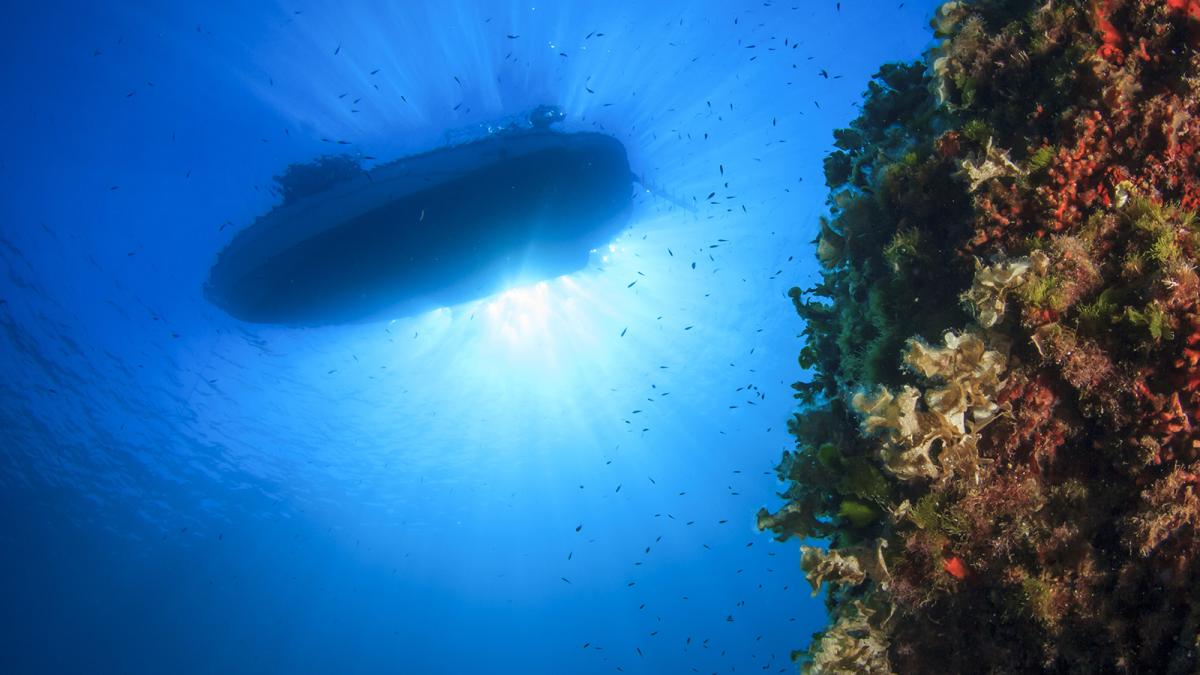This story was originally published by Oceans Deeply. For important news about seafloor mapping, you can sign up to the Oceans Deeply email list.
When a 9.1-magnitude earthquake struck off the coast of Sumatra on Dec. 26, 2004, a tsunami quickly formed, sending a wave as high as 80 feet (24 meters) across the Indian Ocean that, along with the earthquake, killed more than 230,000 people.
But it wasn’t just the earthquake that propelled the finger of the highest wave: It was also the topography of the sea floor. For instance, along the Southwest Indian Ridge, a skinny contour of shallow water south and east of Madagascar, the 2004 tsunami was as high in some places as it was off the coast of India.
A better map of the seabed could lead to the ability to warn people where a tsunami will be biggest, potentially saving lives, and better tsunami prediction models are just one reason for an exceedingly ambitious new effort, launched in June, to map the entire sea floor by 2030. The resolution will vary by depth, but will generally be 328 feet (100 meters). Just 5 percent of the ocean, which covers 71 percent of the Earth’s surface, is currently mapped in such detai... Read more
